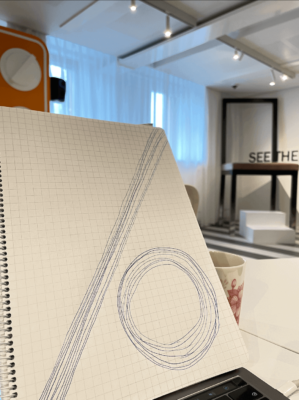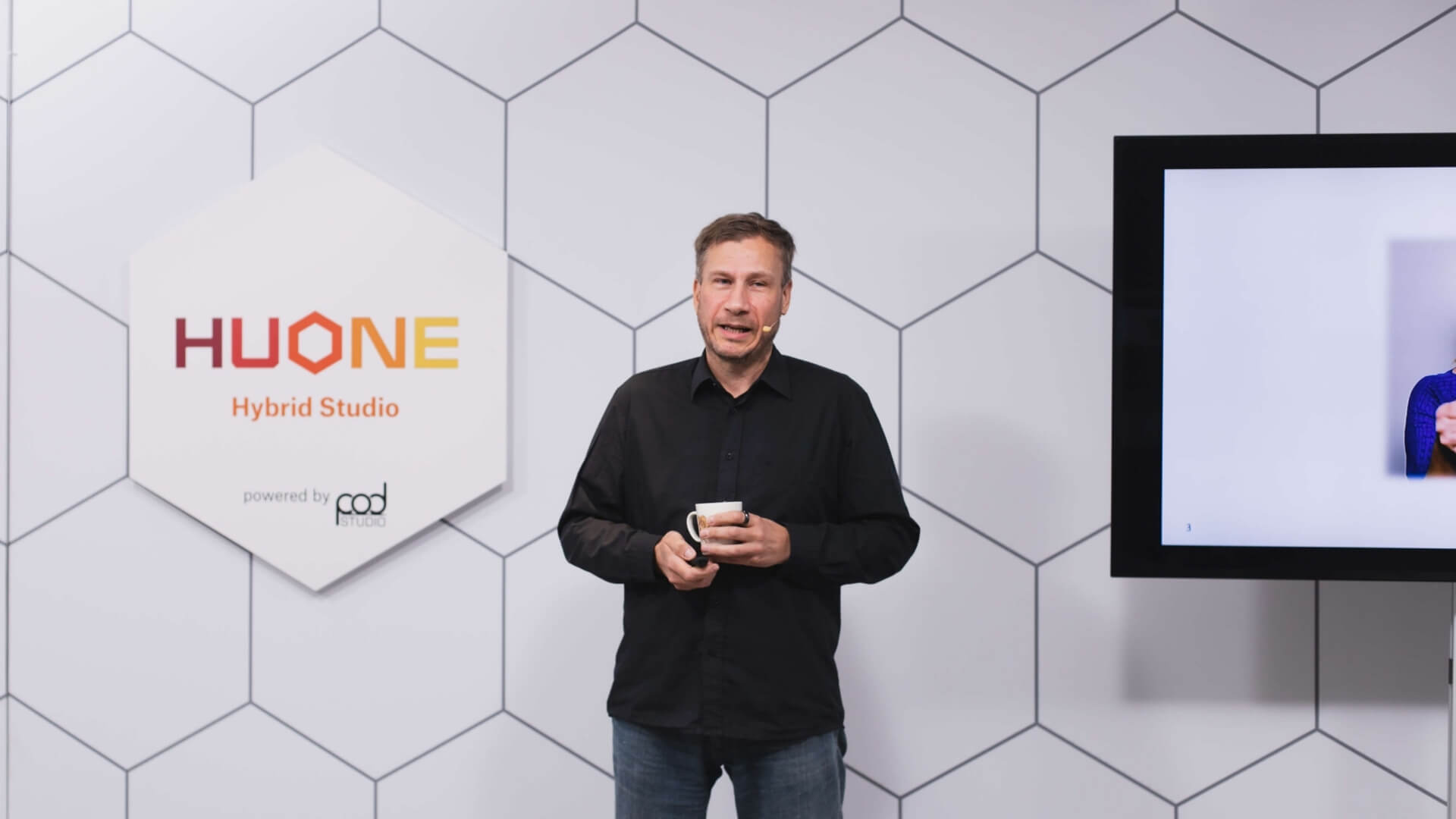Better breaks, better meetings. Do you agree? HUONE often highlights the importance of including proper breaks during company meetings and events. However, what does a ‘quality break’ actually mean and how do you take good breaks? , a Personal Brainer and chief creative officer at Breaks Finland, shares how quality breaks can help our daily lives and improve work performance.
In this interview, you will learn
- the role of a Personal Brainer from Reidar Wasenius
- the meaning & value of a ‘good break’ and how to utilise them
- how to take better breaks during your day & work
- Insights on organising better breaks during your meetings
Introduction
Q. Could you describe your work as a ‘Personal Brainer’ and tell us what the company Breaks Finland offer?
Think of it as a personal trainer, but for your brain. I do two things 1) Teach people what exercises to do, how to do them effectively 2) Create training programs to follow for one’s mental development. Breaks Finland helps client company employees feel well and do well. It means they have the energy and creativity to achieve their goals. We have a great network of about 20 creative professionals. In a nutshell, Breaks empower people by boosting their #creativity, #courage and #community.
Q. How has Covid-19 affected you and your role?
The need for ‘good breaks’ has been greater than ever. People have been isolated from the world and separated from colleagues for a long time. The line between home and work has been blurred, which is the reason why it is harder for people to escape ‘work mode – myself included. There is also a need to literally ‘break’ the unnecessary walls between people to reinforce well-working relationships as the social aspect of our lives has been disrupted.
It has been rewarding to help people to take proper Breaks, and help them do something completely new. Great creative professionals in the team, take part in helping our customers together with me as a Personal Brainer like myself.
Better breaks, better day
Q. How do you define a ‘good break’? How do you know when you had a good break?
After a good break, you feel better and do better. First, it’s about the state of mind. You feel well, in other words, you feel more energetic and empowered. Secondly, you do well; You have tools, techniques to manage your daily routine better and be more focused.
For example, I’ve been coaching people to relax. It’s not only about relaxing physically, but also mentally. Our minds need to relax. Lately, mindfulness,’ has become a popular concept. The key is to be fully present in the moment, not in the past, nor the future. We can feel well, do our job well and succeed when we are fully focused on what we are doing here and now. Ideally, we learn to achieve a mental state of flow.
Q. Can you give a simple exercise one can do to take a ‘good break’?
There are two types of breaks: relaxing ones and more energising ones. For relaxing breaks, here is a simple exercise which also enables you to see how focused you are; if you are in the moment. If you are good at focusing, you are good at relaxing.

#1. Draw 10 lines
- Take an A4-sized paper and a pen
- Draw a diagonal line from one corner to the other, as long as you can
- Draw another line as close as possible to the first one without crossing or touching it
- Repeat it on the other side of the line
- Do 10 lines, as close to each other as you can
- You can do it slower if it helps to focus. You can also try to draw a line between two lines if there’s a space between them.
#2. Do the same as exercise 1 but with a circle.
For relaxing breaks, the key is to understand that physically being relaxed is a completely different thing than being mentally relaxed. For instance, many of us experience lying in bed, trying to go to sleep, but our mind is still racing. We wonder about the things that have happened at work that day, or what’s happening tomorrow and etc. Muscles might be relaxed physically, but our minds are not. The reason is that mental relaxation is completely separate from physical relaxation. That’s why it’s important to understand how our mind and body works.
Another example, why is reading in bed relaxing? Why does it help one go to sleep? It’s because when you’re reading, your mind is focused on reading (or listening to) a book. Being mentally collected and focused exactly the opposite of being literally ‘scatter-brained’(‘hajamielinen’ in Finnish)
You can also enjoy more energising, entertaining breaks. For instance, Breaks offers fun and inspiring sessions with creative professionals such as famous musicians, actors and authors about body language, voice work, drawing – typically something completely new that the participants have never done before.
Q. Why is taking breaks so important?
Just like your body becomes numb if you’re in the same position for a long time, our minds go numb too. It is why breaking daily and weekly work routines is important for humans to function better. According to neuroscientist Minna Huotilainen, taking a break will significantly improve your workflow and productivity. She suggests that coming up with ideas and insights requires the brain to operate in a different state, which requires breaks and idle time. Also, the key is to take a break that involves some activity of your own, and for instance, being on your phone might not help one recharge, since checking the news or social media brings our mind to a rather responsive state than an active state.
Better breaks, better meetings
Q. Business meetings/events may last a whole day. How should one include breaks?
There are a number of good guidelines for taking valuable breaks during your business events. A brief break every 60mins or 90minutes is a sensible plan. Some might suggest you can go even longer than that. It’s smart to design and prepare breaks to serve multiple purposes, but all in all, they help us be more focused in the next part.
Personally, I often go with the following rhythm: 75 min Session – 15min Break – 60min Session – lunch break – 75min Session -15min Break – 45min Session. I would go from a longer session to a shorter session, both in the morning and in the afternoon. Of course, if the event is in a virtual or hybrid format, better to keep the sessions shorter.
Q. Any good/bad examples from personal experience?
I’ve once been to an event where there were no breaks for 3 hours in the morning. The issue was that the sessions were running a little late, so the organiser had to continue without breaks. It was a pity because there were many amazing presenters, but the lack of breaks made it really hard to concentrate.
Q. What about virtual/hybrid settings?
It’s a completely different story when people are in front of a computer. I would say 30minutes is the maximum per session. For a virtual meeting, the transition from work/meeting to a break is easier, since the transition is shorter or non-existent from one place to another physically and mentally. Of course, it also depends on how long the whole event is. For a shorter event such as 90minutes, you can consider having only one break with longer sessions, but they have to be engaging. A guided break is also an idea for people to do a new activity together, to take more ‘quality breaks.’
Connect with Reidar





